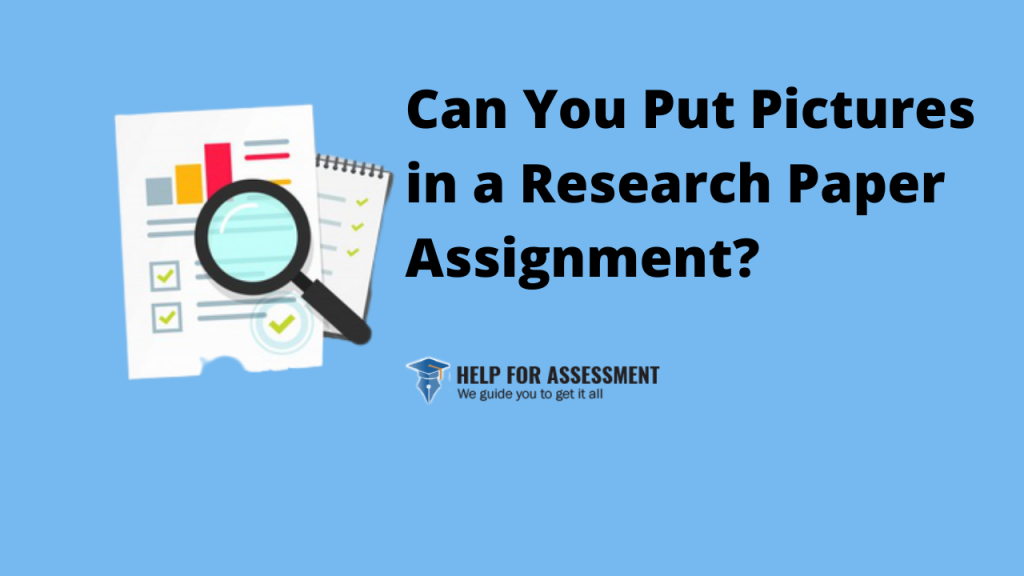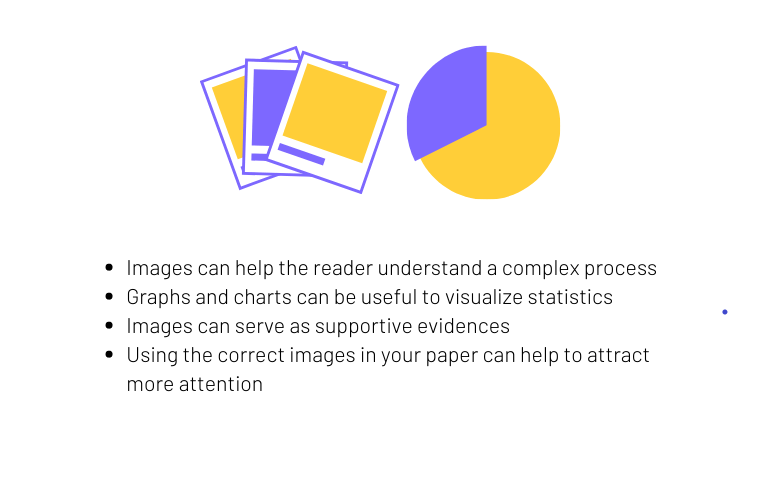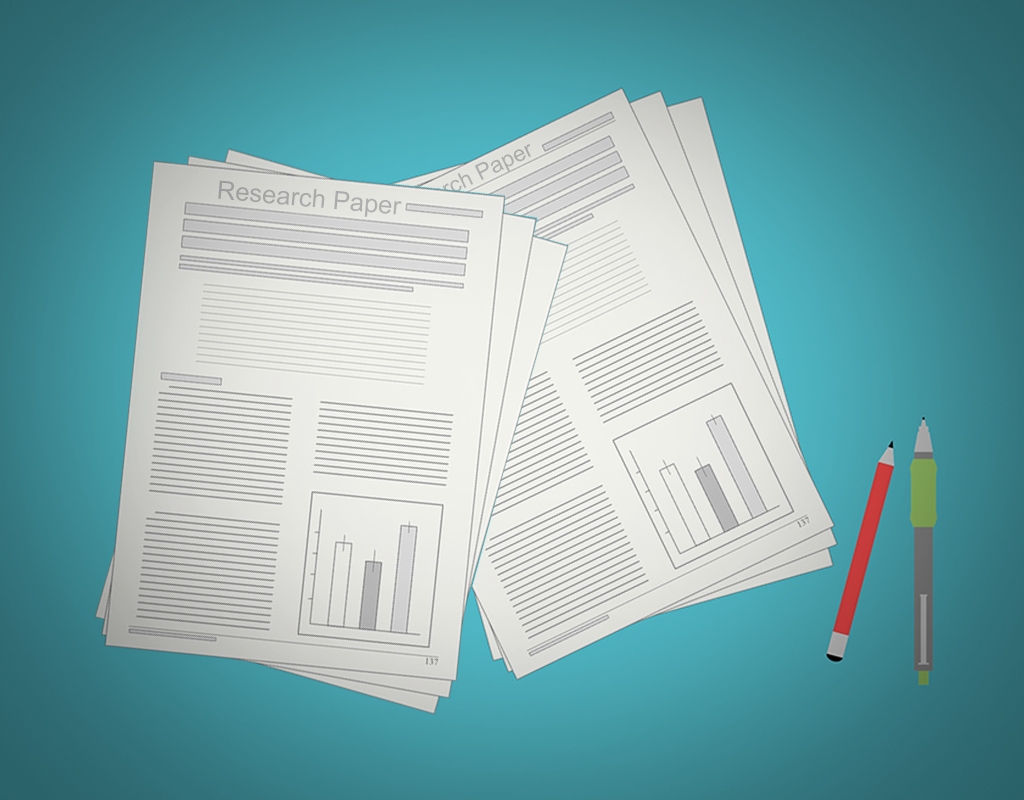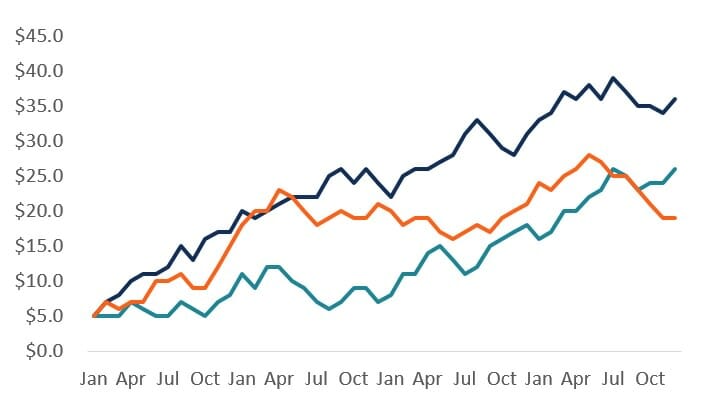The conventional format of a research paper doesn’t have room for pictures. However, that doesn’t mean you can’t include images in your assignment.
You can add non-textual elements such as pictures, charts, vectors, and graphs in your research paper provided they’re relevant to the research question. Such elements are useful because they can make your work not only visually appealing but also more descriptive.
To be clear, it’s not necessary to include pictures in your research paper. So your professor won’t penalize you or under grade your work if you fail to include non-textual elements in the assignment.
Sometimes, though, it can be very useful to include pictures in your research, and for a number of reasons.
Can a You Put Pictures in a Research Paper? (4 Reasons to Include Them)
1. Non-textual Elements are Useful for Showing Examples
The consensus in research paper writing is that students must support claims that they make using logical reason, evidence, and examples. Pictures, and especially illustration and charts, can come in handy in this kind of a scenario.
Say you’re investigating the effect of a drug on bacterial, for example. In this case, you can use a graph to demonstrate a before and after effect of the experiment.
2. Pictures Help to Explain a Process
Some research papers involve complex process that you can’t easily explain in words alone. Therefore, adding an illustration can go a long way to make your ideas clear to the audience reading your paper.
3. Pictures Help to Clarify Terms in Research Paper Assignments
A chart or a scheme can help you to explain terms that would be otherwise difficult to explain in words. By using an image in such a scenario, you make terms structured and very easy to understand.
4. Pictures Can Motivate Readers to Keep Reading
Research papers are long assignments, and sometimes they can be quite tedious to read in one sitting. We’re talking about more than 15 pages of written work, which requires a lot of patience to review from the title page all the way to the appendix.
An effective way to keep your audience reading, regardless of how long your research paper is, is to include relevant images to explain some concepts. Often, the illustrations break the monotony of scanning paragraphs and walls of text, hence keeping the reader attached to the research paper.
What Types of Images Can You Include in a Research Paper?
1. Standard Pictures
We can define a picture as a painting, drawing, or a representation of an object in a photograph.
While there are no strict rules to the type of picture you can use in your research paper, you do have to make sure whatever you choose adequately fits into your writing.
You should also make sure that the picture you choose to include in your research paper is:
- Clear and visible
- Self-descriptive. Readers should look at the image and know straight away why you included it in the paper.
- Closely related to the context and is within the scope of your research question
- Legal to use. Give credit to the image in your paper if it’s not your own.
There a few rules you need to observe when including pictures in your research paper. Generally, you can:
- Add a picture at the end of the paper, inside the paper separately from the text, or inside the text.
- Each picture must have a name, description, and a number
- Include information about the owner of the picture so you don’t violate their right to their own content.
You don’t have to worry about copyright if the pictures you intend to use in your research paper are your own.
Graphs and Charts
Graphs and charts can explain complex concepts in few words and they can be quite handy in helping you solve several problems at once.
They are useful especially when you want to:
- Give a graphical illustration of statistics
- Give a detailed comparison between two or more phenomenon or objects
- To show the relationship between variables
- Demonstrate meaning, size, and level of influence of certain phenomena
The benefit of using charts and graphs is that they make your research paper easy to read. Moreover, by presenting a huge amount of information in a laconic way, readers can easily understand concepts without having to read long text and multiple paragraphs.
For you, the writer, using graphs and charts means ensuring that your paper is more comprehensive and concise – without a trace of unnecessary words or irrelevant materials added to the assignment.
How Do You Cite Images in Your Research Paper?
It’s very easy to cite an image, chart, or graph in a research paper. All you have to do is to make sure that the image includes:
- The name of the author
- The year the image was taken
- The title of the image
- The format of the image and additional details
- The date you accessed the image
- The source of the image
With this information, it should be easy for you to cite any image that you decide to include in your research paper.
Tips to Use Pictures, Charts, and Graphs in Research Paper
First, ask your instructor to confirm if it’s appropriate to use pictures, charts, and graphs in your research paper. They’ll give you the necessary information to help you make the right decision.
Focus more on adding charts and graphs in your work, as these tend to be more relevant in illustrating mathematical, economics, and scientific principles.
Don’t use many images in your research paper. As significant as non-textual elements are, using more than you should, unless slowed by the theme of the assignment, isn’t necessary.
You should NOT include a picture in your research paper for decorative purpose. Leave cute captions to blogging platforms such as Medium and Buzzfeed. Make sure the image, graph, or chart that you include in your work relates to the question you wish to investigate in the essay.





